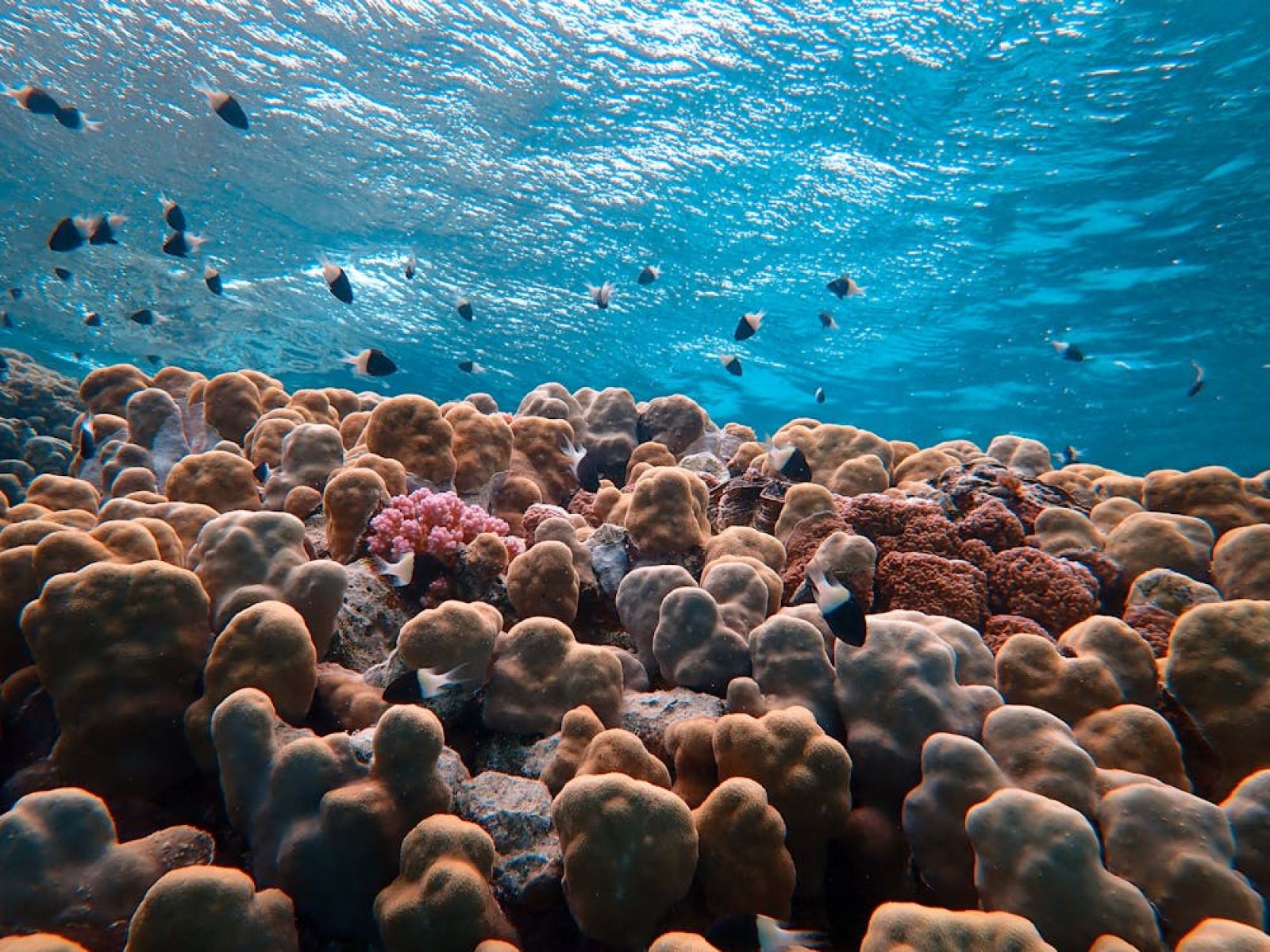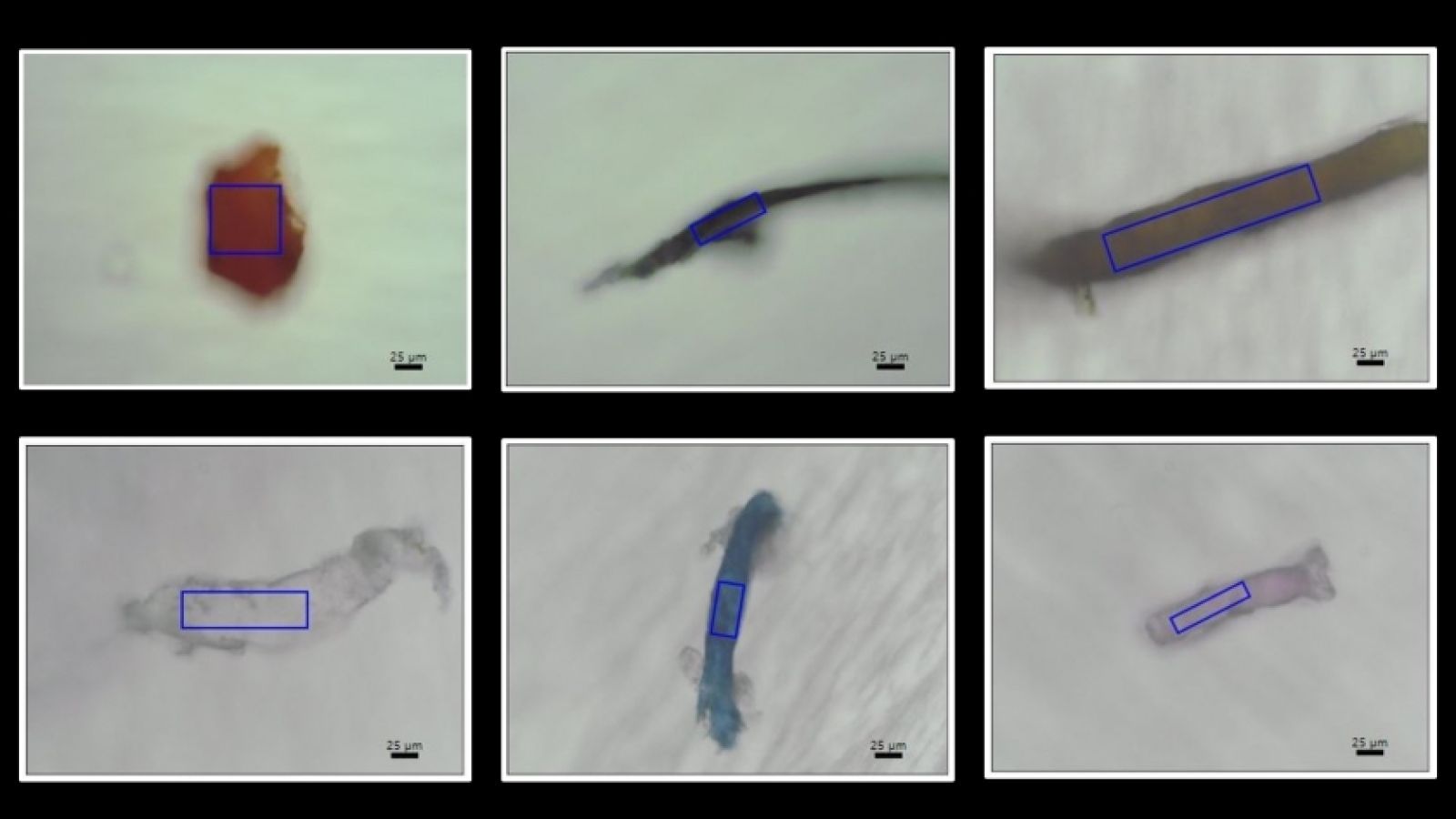Enigma: 70% of missing ocean plastics remain unaccounted for. An unexpected resolution...
Published by Cédric,
Article author: Cédric DEPOND
Source: Science of the Total Environment
Other Languages: FR, DE, ES, PT
Article author: Cédric DEPOND
Source: Science of the Total Environment
Other Languages: FR, DE, ES, PT
Follow us on Google News (click on ☆)

Illustration Image Pexels
For decades, plastic pollution has been invading the oceans at a steady pace. Each year, several million metric tons of plastics are dumped into the seas, degrading into microparticles due to the action of waves and sunlight. One mystery puzzles scientists: nearly 70% of the expected plastics are not found on the surface or along the coasts. So, where are these fragments hiding, invisible to the naked eye?
Recently, an intriguing hypothesis has emerged: corals could act as true "reservoirs" for microplastics, trapping these particles deep within their structures. These discoveries offer a new avenue to understanding the fate of plastics in the oceans.
Thanks to an innovative chemical washing method, researchers were able to isolate and analyze each layer of coral samples, revealing traces of plastic in all of them. Nylon and PET (polyethylene terephthalate), two polymers commonly used in textiles and packaging, dominate the types of plastics found.
These microplastics, measuring between 101 and 200 microns, accumulate not only in the mucus on the coral's surface but also within its internal tissues and even deeper skeletal structures, reinforcing the idea that corals capture these particles over time.

Microplastic samples found in a coral. As shown by the color, shape, and size, the coral consumes a wide variety of microplastics, many of which are finer than a human hair.
Image Kyushu University/Isobe Lab
The results highlight the importance of corals in absorbing ocean plastic. Their skeletons, intact after death, retain these particles, creating a true "plastic sink". This accumulation is alarming for marine ecosystems. Corals could serve as a barrier, but the long-term consequences remain uncertain, especially concerning the health of reefs.
The next step in this research aims to determine if other coral species around the world play a similar role. A global study seems necessary to fully understand the impact of this phenomenon. If this hypothesis is confirmed, the role of corals in managing plastic pollution could become central. However, many questions remain, particularly regarding the long-term effects on oceans.